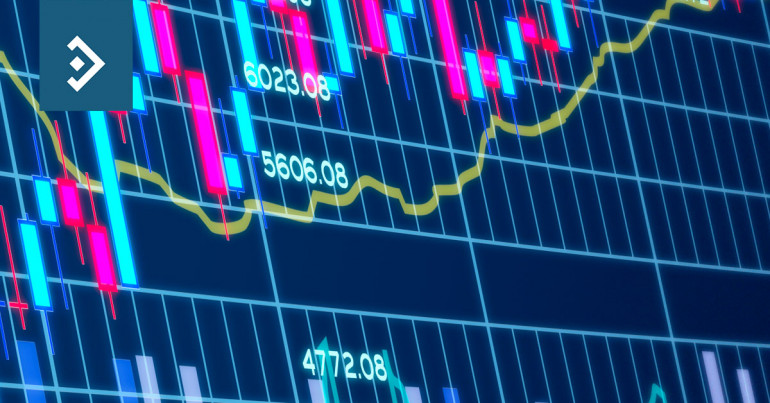
“Powell pause” hits rate expectations
Morning mid-market rates – The majors
July 10th: Highlights
- Fed-watch remains at 100%
- Hunt incurs Trump wrath; Johnson keeps his intentions under wraps
- Euro falling as markets fear spread of “Deutsche virus”
July rate cut still expected but data makes further cuts less likely
Fed Chairman Jerome Powell, who will begin his bi-annual Congressional Testimony later today, has told markets that since they see the same data as the Fed, they should be able to interpret both the need for and the likelihood of changes in monetary policy. It is clear that traders having been “burned” before, will wait until they receive guidance either implicit or explicit from the Fed. before acting.
Today’s testimony from Jerome Powell will be bolstered by a speech from FOMC voting member Fred Bullard, the President of the St. Lois Fed. Bullard was the lone dissenter, calling for a cut, at the last meeting. Later today, the minutes of that meeting will be released, and markets will get a clearer picture of the Fed’s considerations.
President Trump continues to unintentionally provide mixed messages about the U.S. economy. Speaking about the continuing diplomatic spat over leaked emails written by UK ambassador to Washington Sir Kim Darroch, Trump commented that the U.S. has the strongest economy in the world. These are hardly comments associated with support for rate cuts to provide both stimulation and accommodation.
Yesterday, the dollar continued its recent rally. It closed a little stronger at 97.50 having reached 97.59 earlier.
Considering your next transfer? Log in to compare live quotes today.
TV Debate underlines differences between Hunt and Johnson
Earlier, Hunt had attracted comment in his current role as Foreign Secretary for his support from both Theresa May and Sir Keith Darroch, from President Trump. Hunt was scathing of the U.S. President’s comments about both May and Darroch, commenting that they placed unnecessary strain on the “special relationship”
In the debate, Hunt called upon Johnson to confirm that he would resign if he failed to deliver Brexit by October 31st. Johnson typically dodged the question but was scathing in return suggesting that he “admired Hunt’s ability to change his mind so often”, a clear reference to the fact that Hunt voted to remain in the EU.
The debate was “lively” but with only a tiny fraction of the population having a vote and those ballots already having been mostly cast, it all seemed a little superfluous.
Industrial and manufacturing production data for May will be released later today. They are both expected to show a marked improvement on the April data which was significantly weaker than traders had expected. Year on year, industrial production is expected to have grown by 1.1% following a 1% fall in April, while manufacturing output estimates are for 2.1% expansion following a fall of 3.9%.
While this will keep the BoE on the sidelines, it is Brexit that is providing most ammunition to Sterling bears. With no deal still a real possibility, fears for the longer-term strength of the economy remain. With the entire country virtually paralysed in the short-term by the leadership election and the longer-term implications of a no-deal Brexit affecting planning and investment, the sooner these issues are settled the better the understanding will be of the ramifications.
Yesterday the pound continued its recent one-way direction versus the dollar and to a slightly lesser extent, the single currency. It came close to a two-year low against the greenback, reaching 1.2439, and closing at 1.2468. Versus the euro, it closed at 1.1124 having reached 1.1108.
Euro under pressure as Deutsche graphically illustrates Eurozone banking crisis
Having virtually ignored the bank’s liquidity positions and balance sheet weakness the ECB has publicly been trying to offer “cheap” funding as a method of stimulating lending. This policy has two significant flaws.
The bank’s customers are not interested in any expansion since their domestic markets are weak and there is a continued issue with exporting, despite the competitive edge delivered by the weakness of the single currency. Furthermore, banks are unable to increase their own balance sheets by accepting funds from the ECB and promoting lending as they have insufficient capital to support such activity.
Deutsche Bank, having been one of the more aggressive financial Institutions both before and since the financial crisis, is retrenching significantly. It is cutting 18,000 jobs and withdrawing into less capital-intensive sectors in order to preserve its status. This does not bode well for the Eurozone in general or specifically the banking sector.
Concerns over further consolidation (contraction) in the financial markets is sure to influence the economy which is already struggling to avoid a damaging recession.
There is a non-monetary policy meeting of the ECB today where the concerns over banks and their financial strength are sure to be discussed.
The euro closed lower against the strengthening dollar yesterday. Having reached a low of 1.1193, it closed at 1.1205. It seems to be attracting buyers around the 1.1200 level, but once that is exhausted a more aggressive move lower may be seen.
Have a great day!

About Alan Hill
Alan has been involved in the FX market for more than 25 years and brings a wealth of experience to his content. His knowledge has been gained while trading through some of the most volatile periods of recent history. His commentary relies on an understanding of past events and how they will affect future market performance.”



